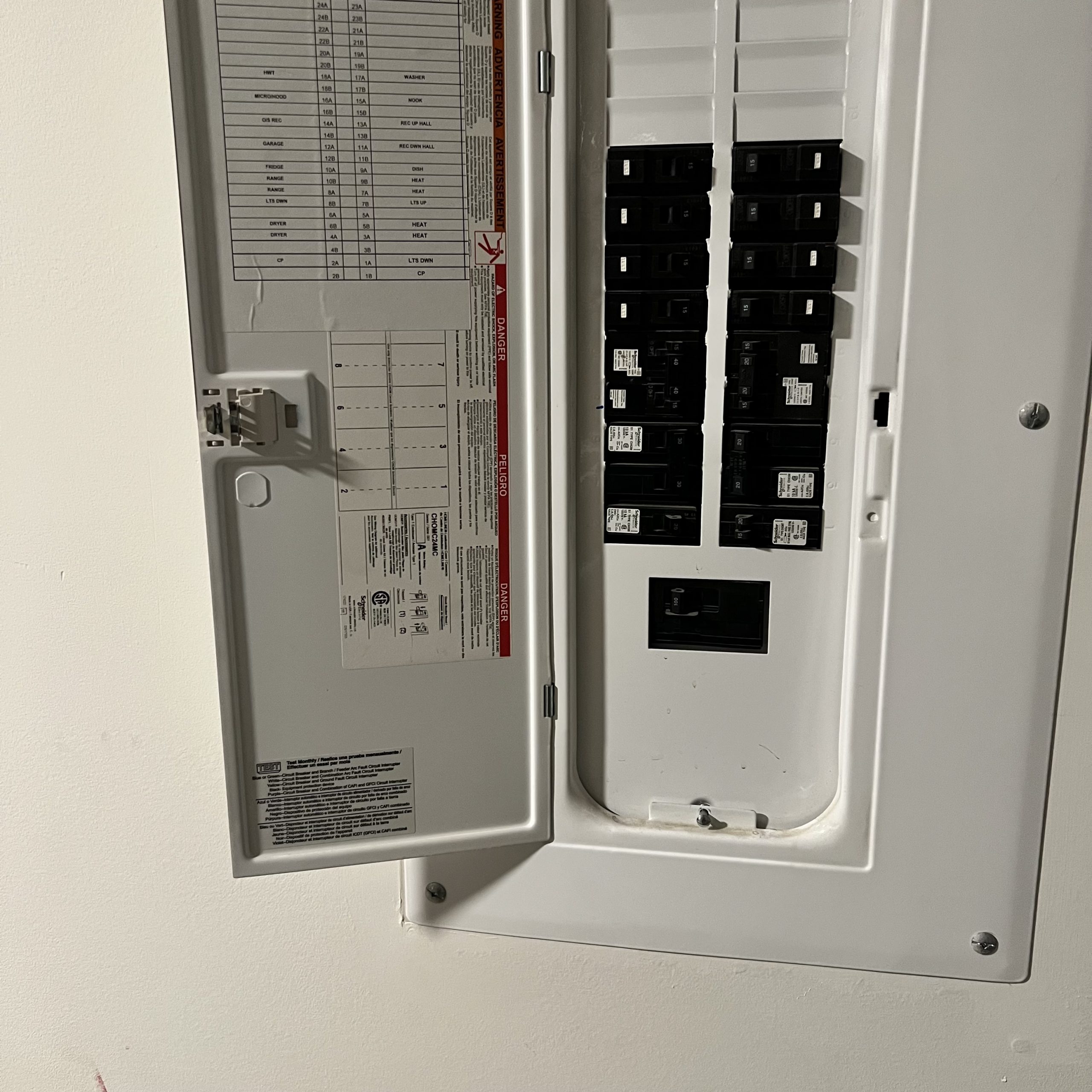
he electrical panel, also known as the circuit breaker box or fuse box, is the heart of your home’s electrical system. It’s responsible for distributing electricity throughout your house, and it plays a critical role in ensuring that your appliances, devices, and electronics work properly. As such, it’s important to keep your electrical panel up-to-date and functioning properly.
In this article, we’ll discuss why electrical panel upgrades are needed and how much work is involved in doing them.
Why Electrical Panel Upgrades are Needed
There are several reasons why you might need an electrical panel upgrade. Some of the most common reasons include:
- Increased power demand: If you’re adding new appliances or devices to your home, or if you’re planning a home renovation project, you may need to upgrade your electrical panel to accommodate the increased power demand. For example, adding a new air conditioning system may require a larger electrical panel to handle the additional load.
- Safety concerns: If your electrical panel is old, damaged, or malfunctioning, it can pose a serious safety hazard. Old panels may not have the capacity to handle modern power demands, and they may not be equipped with the latest safety features. In addition, panels that have been damaged or improperly installed can pose a risk of electrical shock or fire.
- Insurance requirements: Many insurance companies require that homes have modern, up-to-date electrical panels to qualify for coverage. If your panel is old or outdated, you may not be able to get the coverage you need.
- Code compliance: Electrical codes and regulations are constantly evolving; if your panel is outdated, it may not be up to code. This can create problems when it comes time to sell your home, as potential buyers may be hesitant to purchase a home with an outdated electrical system.
How Much Work is Involved in Doing an Electrical Panel Upgrade?
The amount of work involved in an electrical panel upgrade depends on several factors, including the size of your home, the age of your existing panel, and the extent of the upgrade required. In general, however, upgrading an electrical panel is a complex and potentially dangerous task that should only be performed by a licensed electrician.
Here are some of the steps involved in an electrical panel upgrade:
- Inspection: The first step in an electrical panel upgrade is to inspect your existing panel and assess your power needs. An electrician will evaluate your current electrical system, determine the capacity of your existing panel, and identify any potential safety concerns.
- Permitting: Before any work can be done on your electrical system, you’ll need to obtain the necessary permits from your local building department. Your electrician can help you navigate the permitting process and ensure that all work is performed in compliance with local codes and regulations.
- Panel removal: Once the necessary permits have been obtained, your electrician will shut off power to your home and remove your existing electrical panel. This involves disconnecting all the circuits and wiring connected to your old panel.
- Panel installation: After removing your old panel, your electrician will install a new, updated panel. This may involve running new wiring, installing new circuits, and making other modifications to your electrical system.
- Circuit testing: Once the new panel has been installed, your electrician will test each circuit to ensure that it’s working properly. This involves checking the voltage and amperage of each circuit, as well as making sure that all switches, outlets, and other electrical components are functioning correctly.
- Final inspection: Once all work has been completed, your electrician will perform a final inspection to ensure that everything is up to code and functioning properly.


Leave a Reply